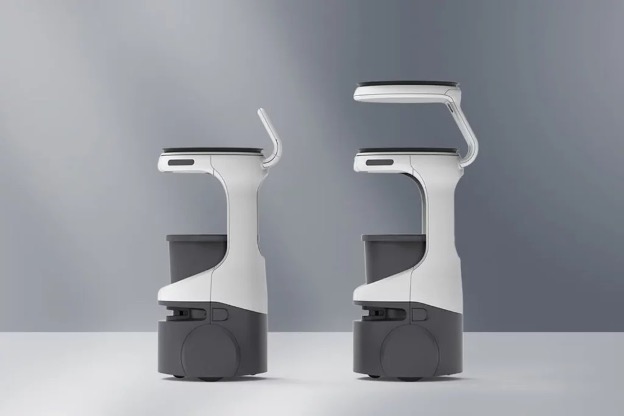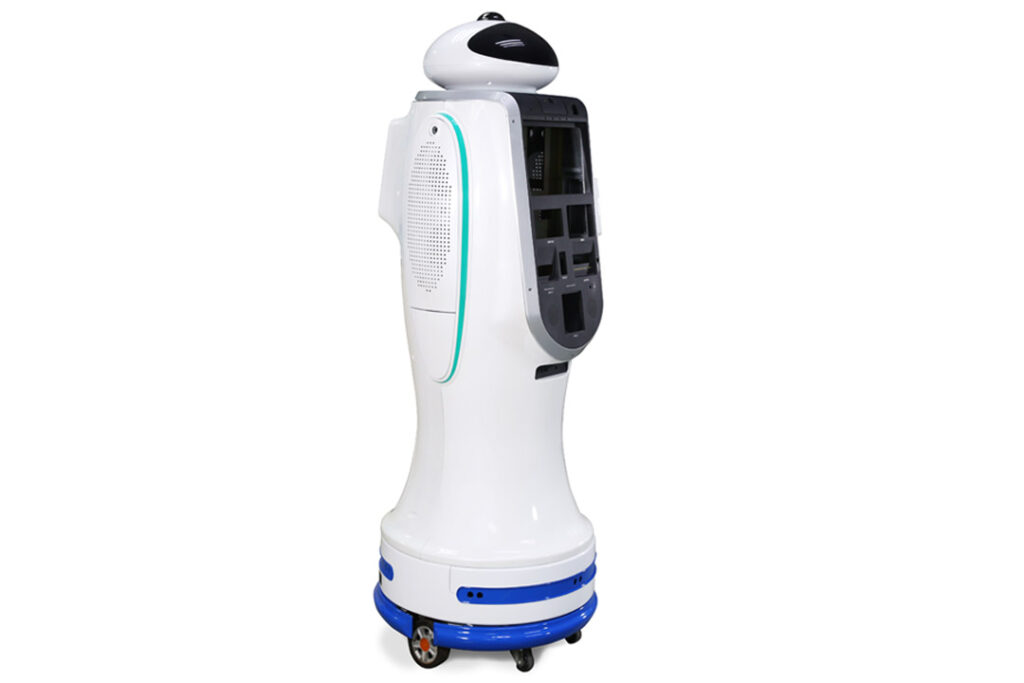In today’s rapidly evolving industrial landscape, factories are increasingly transitioning to smart manufacturing. This technological shift is characterized by the integration of advanced robotics and automation systems, fundamentally transforming how products are made. One of the critical features of smart manufacturing is robotic manufacturing, which enhances efficiency, precision, and productivity on the factory floor. Consequently, the demand for robots is skyrocketing, and with it, the necessity for robot prototyping has grown exponentially.
Robot prototyping plays a pivotal role in the development and deployment of robotic systems. It allows engineers and manufacturers to create, test, and refine robot designs before full-scale production, delivering that the final products meet stringent performance and reliability standards. This process is crucial for industries looking to stay competitive and innovative.
In this article, we will delve into the benefits and steps of creating a robot prototyping from the perspectives of robot rapid prototyping manufacturers. By understanding these aspects, businesses can leverage robot prototyping to enhance their operations and stay ahead in the competitive market.
Benefits of Robot Prototyping for Business
Robot prototyping offers numerous advantages for businesses, enabling them to innovate and stay competitive. Here are the key benefits:
Lower Risks
Robot prototyping significantly reduces the risk associated with developing new robotic systems. By creating a prototype, businesses can:
Identify and Fix Issues Early: Detect design flaws and functional problems before they reach the production stage.
Test Different Scenarios: Simulate various operating conditions to ensure the robot performs reliably under all circumstances.
Enhance Safety: Evaluate safety features and protocols to prevent accidents and malfunctions.
Lower Costs
Prototyping helps in minimizing the costs involved in developing new robots. The cost-saving benefits include:
Avoid Costly Errors: Catching and correcting errors in the prototype stage prevents expensive rework and redesigns during mass production.
Resource Optimization: Efficiently use materials and resources by refining designs before large-scale manufacturing.
Budget Management: Allocate funds more effectively by having a clear understanding of the final product’s requirements.
Faster Patent Achieving
Prototyping can accelerate the patent application process, providing a competitive edge. The advantages here include:
Proof of Concept: A working prototype serves as tangible proof of the innovation, strengthening patent applications.
Streamlined Documentation: Detailed prototype documentation helps in preparing comprehensive patent filings.
Early Market Entry: Securing patents faster allows businesses to come out their products to the market sooner, capturing market share ahead of competitors.
By leveraging these benefits, companies can enhance their development processes, reduce financial risks, and achieve faster time-to-market for their innovative robotic solutions.
Steps of Manufacturing Robot Prototyping
Creating a robot prototype involves several crucial steps to meet all specifications and perform optimally in the final product. Here’s a concise overview of the process:
1. Conceptualization and Design
- Brainstorm: Generate ideas and define the robot’s purpose.
- Model on CAD: Create detailed 3D models using computer-aided design software.
2. Material Selection
- Choose Appropriate Materials: Select metals, plastics, or composites based on the robot’s requirements.
- Consider Properties: Evaluate factors like durability, weight, and cost.
3. Prototyping Methods
- CNC Machining: Use CNC milling and turning for precise metal and plastic parts.
- 3D Printing: Employ additive manufacturing for complex shapes and rapid iteration.
- Die Casting: Produce high-quality metal parts with intricate details.
4. Assembly and Testing
- Component Integration: Assemble all mechanical and electrical components.
- Functional Testing: Conduct a series of tests to ensure the prototype operates as intended.
5. Iteration and Refinement
- Evaluate Performance: Analyze test results to identify any issues.
- Make Adjustments: Refine the design and materials based on feedback.
- Repeat Testing: Continue testing until the prototype meets all criteria.

Introducing KAIAO’s Robot Prototyping Services
We, KAIAO, can offer comprehensive, rapid on-demand prototype manufacturing services tailored for the robotics industry. Here’s why we stand out:
Specialized in the Robotics Industry
- Low Volume Prototypes: Supports pilot and short-term production for robotic industry with injection molding and urethane casting
Rapid Prototyping & On-Demand Manufacturing
- Interdisciplinary Expertise: Integrates computer science and engineering for robot design and construction
- Quick Turnaround: Transforms ideas into reality swiftly to ensure faster robot entry
Services and Capabilities
- 3D Drawings and Quotation: Quick response to 3D drawings with efficient quotations
- Custom Part Creation: High-quality parts using CNC milling, die casting, and 3D printing
- Material Versatility: Works with both metals and plastics, offering surface finishes like powder coating, painting, and anodizing. So, metal prototyping services are readily available in-house
Qualification and Logistics
- Quality Assurance: ISO 9001:2015, ISO 13485, and AS9100D certifications ensure top-notch quality
- On-Line Delivery: Process and deliver orders swiftly with online support.
Above all, we are committed to delivering high-quality, precise, and efficient prototyping services, making them a trusted partner for any robotics project.
Conclusion

In the rapidly advancing field of robotics, robot prototyping is essential for innovation and efficiency. By reducing risk, lowering costs, and accelerating patent achievements, robot prototyping offers significant benefits for businesses. The process, from conceptualization to iterative refinement, ensures that prototypes are precise and reliable.
And KAIAO can always deliver the best robotic prototyping products according to your demand. We stand out as a leader in rapid prototyping and on-demand manufacturing. Our commitment to quality is evident in our ISO certifications and secure, efficient online delivery system.
For robotic businesses looking to innovate and stay ahead in the competitive market, KAIAO is the trusted choice for all your robot prototyping needs. If you are interested, please visit our official websites and contact us!

